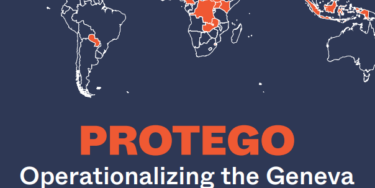The United Nations Convention on the Rights of the Child (commonly abbreviated as the CRC, CROC, or UNCRC) is a human rights treaty which sets out the civil, political, economic, social, health and cultural rights of children.
Nations that ratify this convention are bound to it by international law and compliance to the convention is monitored by the UN Committee on the Rights of the Child. Governments of countries that have ratified the Convention are required to report to, and appear before, the United Nations Committee on the Rights of the Child periodically to be examined on their progress with regards to the advancement of the implementation of the Convention and the status of child rights in their country.
The UN General Assembly adopted the Convention and opened it for signature on 20 November 1989 and it came into force on 2 September 1990. Currently, 196 countries are party to it, including every member of the United Nations except the United States.
The Convention deals with the child-specific needs and rights. It requires that states act in the best interests of the child. The Convention acknowledges that every child has certain basic rights, including the right to life, his or her own name and identity, to be raised by his or her parents within a family or cultural grouping, and to have a relationship with both parents, even if they are separated. The Convention defines a child as any human being under the age of eighteen, unless the age of majority is attained earlier under a state’s own domestic legislation.
Download PDF


